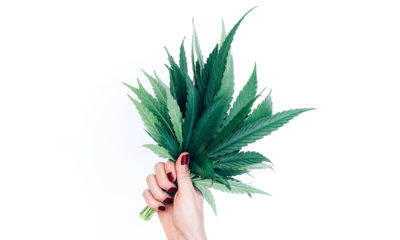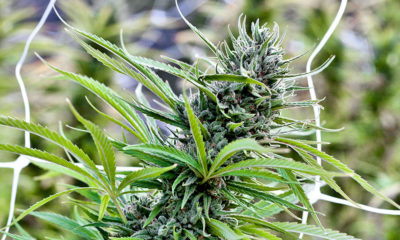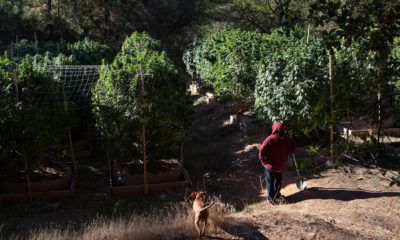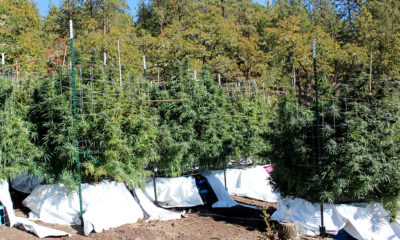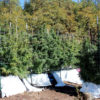
Cultivation
Oregon’s Pot Production Problem
Growing hemp has the potential to compromise the quality and quantity of cannabis.
Oregon’s saturated recreational cannabis market has been stealing headlines nationwide, but its exploding CBD-driven hemp market may not be too far behind. The promise of profits has brought in farmers from all ends of the industry, but some fear the boom may cause the entire cannabis industry to crumble.
As of June this year, an astounding 50,000 acres of land have been registered to the Oregon Department of Agriculture for hemp production. By contrast, that number was at 11,000 acres of hemp in 2018. Add 2,300 recreational licensed producers, as well as 12,000 medical growers, and you’ve got a lot of pot. The quality of flower, on the other hand, may be in peril.
Hemp farmers, unlike recreational or medical growers, face no limit on acreage or plant count as long as their flower tests below 0.3% THC, but all three aim to grow cannabinoid-rich female plants. Males produce pollen, which can travel up to hundreds of miles, according to a study conducted in Spain in the 1990s. The tiny grains of pollen can cause female plants to produce seeded flower, which is lower in cannabinoids.

In the modern cannabis era, Oregon producers have chosen not to grow male plants outside. Crops come from
With the rise of industrial hemp in the state and the nation, breeders are jumping on the bandwagon to get seed to the masses. Traditionally most cannabis breeding has been done indoors where male pollen is unable to spread, or male pollen harvested indoors is painted onto outdoor plants to produce seed.
According to Justin Moore and Cody White of Willamette Valley Growers, a duo of hemp farmers from outside Salem, Oregon, there is an alarming new trend going on in the industry.
“There are people who know better, running outdoor open pollination seed crops,” White warns. “Just because they think they can make a quick buck.”
In open pollination, producers leave male plants outside near their females to pollinate and produce vast amounts of seed. Production costs are low for the producer, but it can mean financial ruin for anyone nearby growing cannabis of any kind.
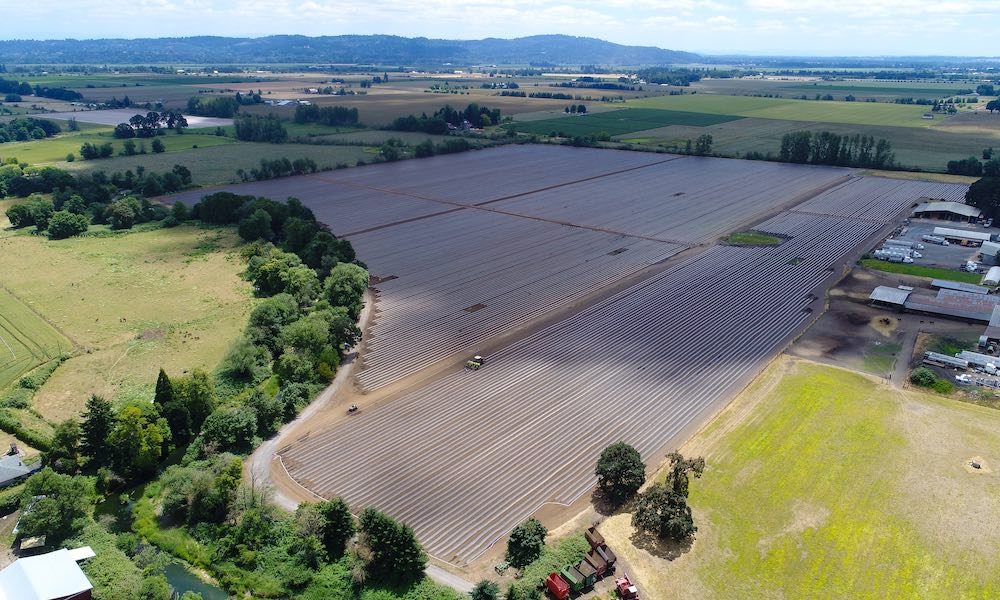
“When we heard about one guy pushing forward with open pollination we had everyone we knew call him up and let them know we wouldn’t stand for it,” White said.
“People say they have a right to farm,” Moore added. “But what we do doesn’t hurt anyone. Open pollination hurts everyone.”
Speaking at one of their several hemp farms across the state, Moore and White admit they are prepared for pollination, but are doing what they can to prevent it. The duo divulged they’d taken on farming about 1,500 acres of hemp this year with a total plant count in the millions.
“All of our seed is feminized, but we are still going to be roaming our fields looking for hermaphrodites,” White said. “Nothing is 100%.”
And not all seed is created equal. Some farmers have found their feminized seed not feminized at all. A recent lawsuit in Oregon pitted several growers against a breeder for over $21 million for selling shoddy seed both un-feminized and high in THC.
“We like to mitigate as much risk as we can, we are going to be running our fields multiple times,” Moore said. “We are also hiring third-party contractors to check our work just in case.”

Having witnessed heavy pollination first hand in the fall of 2018 at a farm in Southern Oregon, their vigilance should be applauded. Seeing several thousand pounds of seeded THC flower intended for the recreational market was both
“Our goal is to protect Oregon as a premier region for cannabis production,” White said. “And to keep seed production indoors. In the Midwest, you have ditch weed, which pollinates everything. Here we do not.”
When asked about the flood of CBD flower hitting the market White and Moore both seemed confident of their place in the industry.
“We are running mostly auto flower plants that will finish up beginning in mid-July, and this field is 70 acres of CBG,” Moore said.
By running auto-flower plants, the duo will have a mature crop before most male plants mature and their pollen spreads. As for the future of their 70-acre plot of the newly lauded cannabinoid CBG, or cannabigerol rich flower, only the market will tell.
TELL US, have you ever tried to grow cannabis or hemp?



